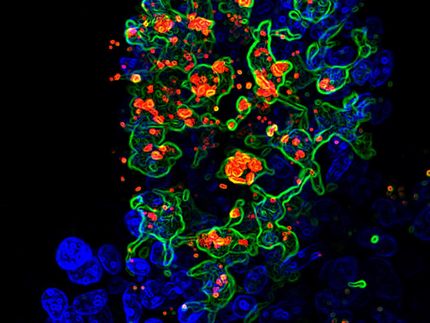Italian field trial results suppressed
Data are relevant to human and animal health
Advertisement
According to AgBioWorld, data from field trials conducted in Italy which compared GM and non-GM maize have been suppressed for two years by government officials and scientist at a public research institution. The data, which are highly relevant to public health, are striking and significant. The trials were conducted in Lombardy, a major maize-growing region in the northern part of Italy, and compared two conventional maize varieties with two similar varieties genetically engineered to produce the Bt proteins which protect the crop from European corn borers.
The two engineered Bt maize varieties, P67 and Elgina, are similar to those grown commercially on 20 million hectares in many countries, including some member states of the European Community. They were planted in 2005 in Landriano at a farm owned by the University of Milan along with their nonengineered counterparts, P66 and Cecilia, and comparing the grain yield data demonstrated spectacular results.
The conventional varieties produced between 11 and 11.1 tons of grain per hectare, while the engineered varieties yielded between 14.1 and 15.9 tons per hectare. This translates into a yield increase of between 28 and 43 percent. Italian farmers are not allowed to plant Bt maize. Taking into account the total area of conventional maize cultivation in Italy, the yield differences, maize prices and pest pressures, the data show that Italian farmers have forfeited between roughly 300 million and 1 billion Euros a year because of the continuing prohibition.
These yield data were released in 2006 by the National Institute for Research on Food and Nutrition (INRAN), a research institution funded and run by the government, albeit without the emphasis they deserved. The data were never formally published in a peer-reviewed scientific journal and the report page has been moved to secondary pages on the INRAN server. Other data from those field trials, however, have until now been kept completely hidden. From the perspective of public health, they are far more important.
The field trials in question were actually designed to determine if GM crops could be useful to Italian agriculture or pose dangers to consumers. The outcome confirms that not only maize enhanced to resist insect pests can be more profitable for farmers but it also has a positive effect on the quality of the grain, having a reduced fumonisin content. Fumonisins are toxins produced by fungi which can infect a growing maize plant. These toxins are dangerous to humans and animals; in humans there is evidence that they cause spina bifida, a highly disabling developmental defect occurring during early stages of pregnancy. Affected children usually cannot walk and they suffer kidney and urinary problems. Often, this is accompanied by brain damage. In horses and pigs, fumonisins cause other kind of illnesses.
The fungi infect a growing maize plant by entering the plant through a wound. Since European corn borers inflict significant wounds on growing corn plants, they leave these plants open to infection. During the field trials in Lombardy, no corn borer larvae were found on the engineered Bt varieties. At the same time, an average of 29 of these pests were found on each stalk of the conventional varieties - with more than one-third of them in the cobs. It is unfortunate that so little attention was paid to the financial significance of the findings. It is another matter entirely to cover up data with obvious implications for public health, and it is up to the government to explain why the data on these toxins were kept under wraps.
























































